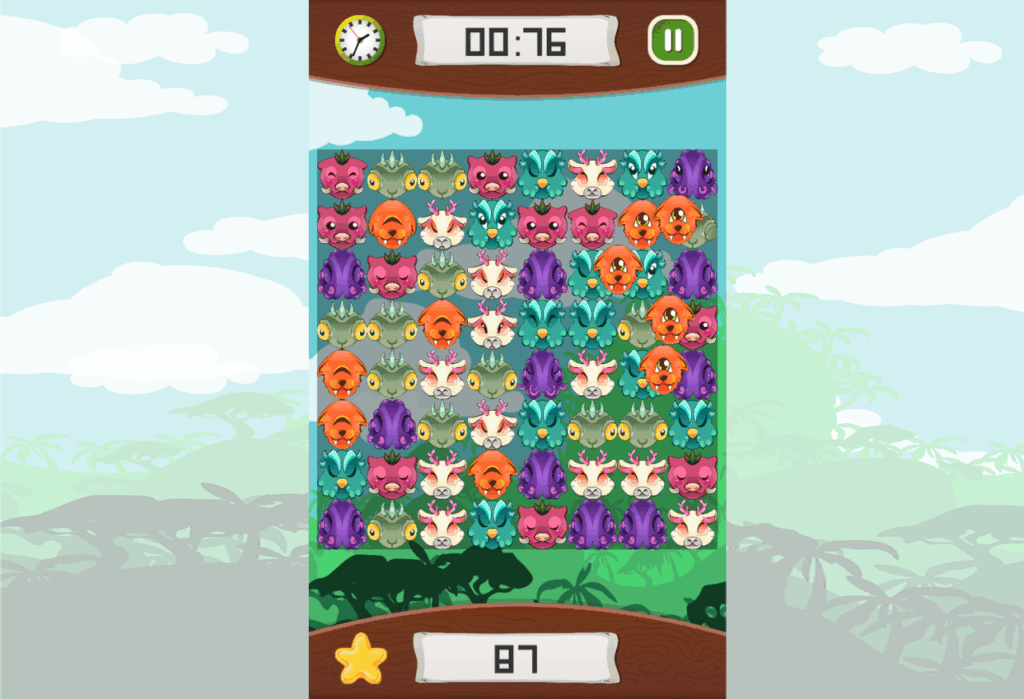Match 3 games have taken the gaming world by storm, captivating players with their simple yet addictive mechanics. Originating from early puzzle games, this genre has evolved into a multi-billion dollar industry, providing endless entertainment and challenges. With millions of players around the globe, the match 3 phenomenon showcases a unique blend of strategy, skill, and luck that keeps gamers coming back for more.
The rise of match 3 games can be traced back to the classic titles that laid the groundwork for this engaging format. Over the years, developers have refined these games, giving birth to a rich array of modern titles that entice users with vibrant graphics and intricate gameplay. Statistics reveal an impressive market growth, solidifying match 3 games as a staple in mobile gaming culture.
Overview of Match 3 Games
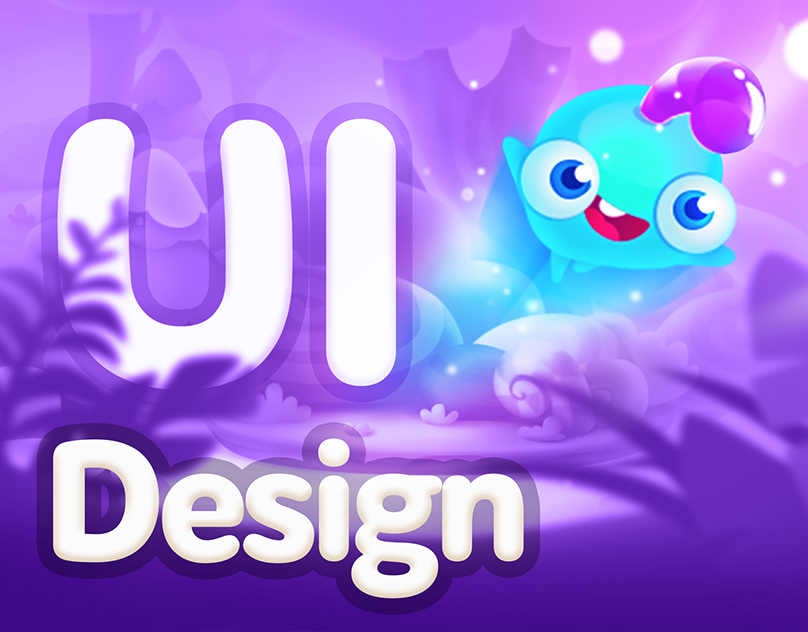
Match 3 games are a genre of puzzle video games that require players to align three or more identical items in a grid to clear them from the screen. The core mechanics involve swapping adjacent items to create matches, triggering cascades and special effects. Players are often tasked with achieving specific goals, such as reaching a target score or clearing certain tiles within a limited number of moves or time.
The history of match 3 games dates back to the late 20th century, with early examples like “Tetris” and “Bejeweled” setting the foundation for the genre. “Bejeweled,” launched in 2001, popularized the concept, leading to a surge in similar titles. Over the years, the genre has evolved with advancements in technology and gameplay mechanics. Modern match 3 games, such as “Candy Crush Saga” and “Gardenscapes,” incorporate complex narratives, character development, and social features, enhancing player engagement and retention.
Popularity and Market Growth of Match 3 Games
The popularity of match 3 games has seen remarkable growth, reflected in the increasing number of active players and revenue generated. According to recent statistics, the global mobile gaming market is projected to exceed $150 billion by 2025, with match 3 games accounting for a significant portion of this growth.
Key statistics illustrating the rise of match 3 games include:
- Match 3 games generated over $8 billion in revenue in 2022 alone, showcasing their profitability.
- Titles like “Candy Crush Saga” boast over 200 million active users monthly, indicating a vast and engaged player base.
- The genre has expanded beyond traditional platforms, with successful adaptations on social media and other digital platforms, reaching diverse audiences.
The blend of simplicity in gameplay and the challenge of strategic planning has captivated players of all ages, making match 3 games a staple in the gaming industry. Notably, the continual introduction of new mechanics and seasonal events keeps the gameplay fresh and engaging, contributing to the sustained success of the genre.
“Match 3 games have transformed into a cultural phenomenon, attracting players from various demographics and cementing their place in the gaming landscape.”
Game Design Elements
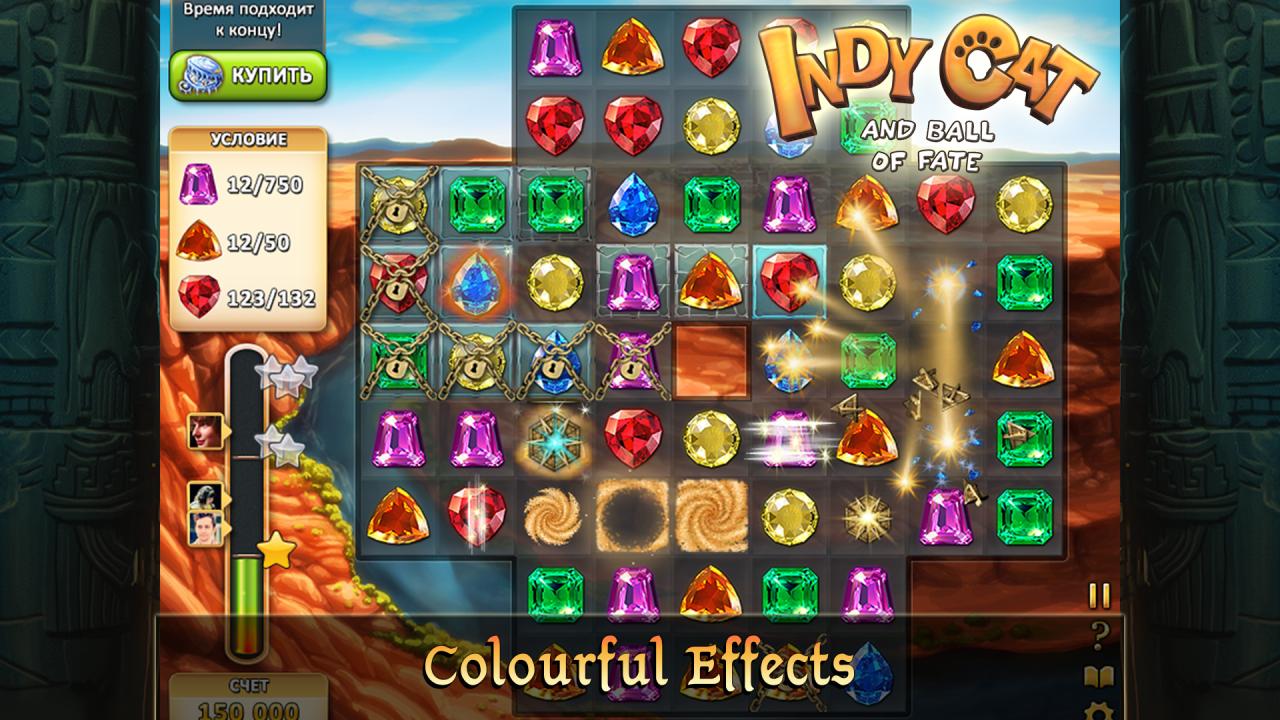
The design of match 3 games is pivotal in creating engaging and enjoyable experiences for players. Key elements are meticulously crafted to not only attract players but also to maintain their interest over time. Understanding these elements helps developers create more immersive and rewarding gameplay.
One of the fundamental aspects of match 3 games is the careful balance of level progression and difficulty scaling. These elements ensure that players feel a sense of achievement while being adequately challenged. As players advance through levels, the difficulty typically increases, introducing new mechanics, obstacles, and goals that require strategic thinking and planning.
Level Progression and Difficulty Scaling
Level progression in match 3 games is critical as it dictates the player’s journey through the game. Each level is designed with unique challenges that require different strategies to overcome. The significance of difficulty scaling cannot be understated, as it serves to maintain player engagement by gradually increasing challenges.
– Levels are structured to introduce new game mechanics, such as:
– Unique tiles or board layouts that require players to adapt their strategies.
– Time limits that add pressure, necessitating quicker decision-making.
– Special objectives, like collecting specific items or achieving a certain score, which diversify gameplay.
The effective scaling of difficulty ensures players do not become bored or frustrated. A well-designed progression system often includes:
–
“A gradual increase in difficulty helps retain players by continually challenging their skills.”
– Reward systems that offer players incentives for completing levels, such as points, power-ups, or unlocking new areas and features.
Role of Power-ups and Special Items
Power-ups and special items are essential in enhancing the gameplay experience within match 3 games. They provide players with additional strategies to tackle difficult levels and can significantly alter the game dynamics.
Power-ups can be categorized into several types, each serving a unique purpose:
– Destructive Power-ups: Clear large sections of the board, ideal for when players are stuck.
– Helpful Power-ups: Assist in achieving objectives by creating beneficial combinations.
– Combination Power-ups: When two power-ups are matched together, they often yield even more powerful effects.
These power-ups introduce excitement and tactical depth, allowing players to tailor their strategies according to their playstyle and the challenges they face. Moreover, special items can enhance the player’s experience by:
– Adding layers of strategy, requiring players to plan ahead and consider how best to utilize them.
– Encouraging players to engage with the game more deeply, as they can experiment with different combinations and tactics.
Ultimately, the thoughtful integration of power-ups and special items contributes significantly to player satisfaction and retention, making them indispensable elements of match 3 game design.
User Engagement Strategies
Creating a compelling experience in match 3 games goes beyond merely designing puzzles; it involves crafting a narrative or theme that captivates players. Engaging players effectively requires understanding their motivations and desires while implementing features that foster community and competition. By focusing on storytelling, social interaction, and retention strategies, developers can enhance player engagement and satisfaction.
Creating a Compelling Story or Theme
A strong narrative can significantly enrich the player’s experience in match 3 games. Themes provide context, making puzzles feel more meaningful and rewarding. To create an engaging story, developers can follow these principles:
- Character Development: Introduce relatable characters with distinct personalities. Players should feel a connection to these characters, which can evolve throughout the game.
- World-Building: Design a visually appealing game world that supports the narrative. Each level can represent a different part of this world, with unique challenges and aesthetics.
- Progression and Conflict: Incorporate a storyline where players face challenges and obstacles. As they progress, they should feel a sense of accomplishment and resolution.
By weaving story elements into gameplay, players are more likely to stay invested in the game.
Incorporating Social Features
Social features can enhance user engagement by fostering a sense of community. Implementing elements such as leaderboards and multiplayer modes can motivate players to interact and compete. Key strategies include:
- Leaderboards: Displaying rankings inspires competition among players. Weekly or monthly resets can keep the competition fresh and encourage continuous play.
- Multiplayer Modes: Offering real-time or turn-based multiplayer options allows players to engage with friends or other players globally, adding a social layer to the experience.
- Social Sharing: Enable players to share achievements on social media platforms. This not only promotes the game but also creates a sense of pride among players.
These elements contribute to a rich social experience, keeping players engaged for longer periods.
Maintaining Player Retention Through Incentives and Rewards
To keep players returning, developers must create a robust system of incentives and rewards. Effective strategies for maintaining player retention include:
- Daily Rewards: Implement a login reward system that offers bonuses for consecutive days of play. This encourages players to return daily to collect their rewards.
- In-Game Events: Host regular events or challenges that provide unique rewards. Limited-time events create urgency and excitement among players.
- Personalized Incentives: Offer rewards based on player behavior or preferences. Tailoring incentives can enhance the feeling of value and connection to the game.
By fostering a rewarding environment, developers can significantly boost player retention, ensuring that players remain engaged over the long term.
Monetization Techniques: Match 3
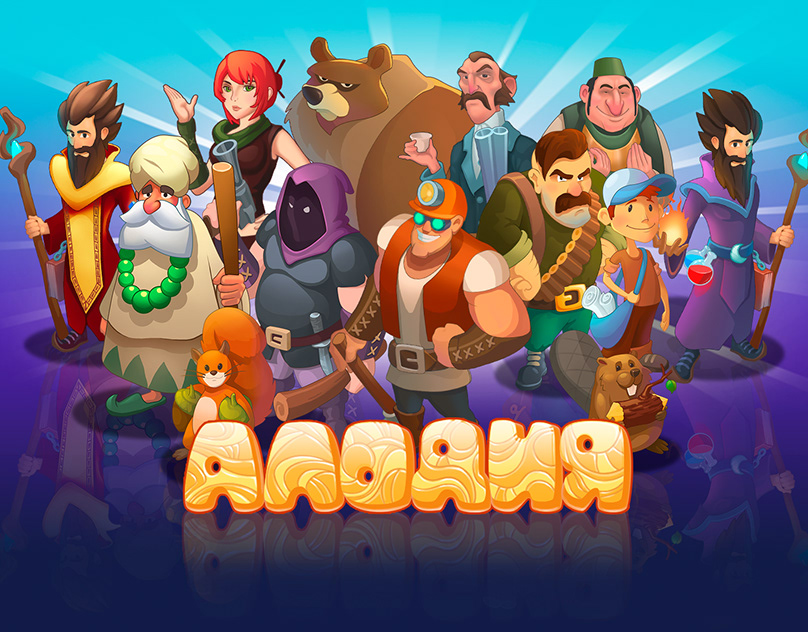
Monetization in match 3 games is a critical aspect that determines the sustainability and profitability of these popular titles. Various strategies have emerged to generate revenue in a competitive market, each with its own set of advantages and challenges. Understanding these techniques is essential for developers aiming to create engaging and profitable games while maintaining a positive player experience.
Different monetization strategies have been adapted in match 3 games, primarily focusing on in-app purchases and ad placements. Each strategy has contributed to the revenue streams for game developers, often complemented by unique user engagement strategies. The following sections explore the most prevalent methods for monetizing match 3 games.
In-app Purchases
In-app purchases (IAP) are widely utilized in match 3 games and can encompass a range of offerings. Players can acquire in-game currency, special items, or unlock additional levels. This model capitalizes on player engagement and the desire to progress more rapidly through the game. The effectiveness of IAP is significantly influenced by the game’s design and user experience.
Key offerings in in-app purchases include:
- Power-ups: Special abilities that assist players in completing challenging levels.
- Extra Lives: Allowing players to continue without waiting for regeneration time.
- Cosmetic Items: Unique skins or visual enhancements that personalize the gaming experience.
- Exclusive Levels: Unlocking content that is not available through regular gameplay.
This approach can yield high revenue when players perceive value in the transactions, but it necessitates careful balancing to avoid creating a pay-to-win environment.
Ad Revenue
Utilizing advertisements within match 3 games serves as another monetization technique. These ads can take various forms, including interstitials, rewarded videos, and banners. Ads are particularly effective when integrated seamlessly into gameplay, ensuring they do not disrupt the player experience.
Factors to consider regarding ad revenue include:
- Rewarded Videos: Players can choose to watch ads in exchange for in-game rewards, enhancing engagement and retention.
- Interstitial Ads: Full-screen ads that appear at natural breaks in gameplay, such as after completing a level.
- Banners: Displayed at the top or bottom of the screen without interrupting gameplay.
While ad revenue can be substantial, it can also lead to player frustration if overused, necessitating a careful balance between monetization and user satisfaction.
Comparison of In-app Purchases and Ads
The effectiveness of in-app purchases versus ads can vary significantly based on player demographics and game design. In-app purchases often provide higher returns per user, especially in games with dedicated players willing to invest. Conversely, ad revenue can generate consistent income from a broader audience, including those who may never make a purchase.
In-app purchases often yield greater revenue per user, while ad monetization can capitalize on a larger player base.
Both strategies have their merits and can be effectively combined to maximize revenue. The choice of method should consider the target audience’s preferences and behaviors.
Ethical Considerations
Designing monetization strategies, especially for match 3 games aimed at younger audiences, requires careful ethical considerations. Game developers must navigate the fine line between monetization and exploitation.
Important considerations include:
- Transparency: Clear communication of costs and the nature of purchases is essential to prevent misunderstandings.
- Age-appropriate Content: Ensuring that in-app purchases do not exploit children’s developmental vulnerabilities.
- Limitations on Spending: Implementing safeguards to restrict accidental overspending, especially for younger players.
- Parental Controls: Allowing parents to manage in-app purchases can enhance trust and promote responsible gaming.
Developers must prioritize the well-being of young players while creating monetization schemes that can sustain their games financially.
Analyzing Player Feedback
Gathering and analyzing player feedback is a pivotal component in the development and refinement of match 3 games. Understanding player sentiments allows developers to create a more engaging and enjoyable experience, ensuring that the game resonates with its audience. By actively seeking feedback and responding to it, developers can foster a community that feels valued and heard.
Analyzing player feedback involves several techniques that can help developers capture the essence of user experiences. These techniques range from direct surveys to in-game data analytics, each providing unique insights into player preferences and behaviors. The iterative design process, which relies heavily on user input, is crucial for continuous improvement in game mechanics, aesthetics, and overall engagement.
Techniques for Gathering Player Feedback
Several effective methods can be employed to gather valuable player feedback, ensuring that developers receive comprehensive insights into the gaming experience. The following techniques are instrumental in this process:
- In-Game Surveys: Prompt players to complete short surveys after gameplay sessions, asking specific questions about their experiences and preferences.
- Social Media Interaction: Engage with players on platforms such as Twitter, Facebook, and Reddit, where they can share their opinions and suggestions.
- User Reviews and Ratings: Monitor reviews on app stores and gaming forums to identify common themes and areas for improvement.
- Beta Testing Programs: Allow a select group of players to test new features before launch, providing feedback that can shape the final product.
- Data Analytics: Utilize in-game data to track player behaviors, identifying patterns that indicate which features are popular or underperforming.
Importance of Iterative Design, Match 3
Iterative design emphasizes the importance of adapting and refining game elements based on player feedback. By continuously integrating user input, developers can enhance the gaming experience, leading to increased player satisfaction and retention. This approach not only allows for the correction of issues but also promotes innovation and creativity within the game.
“Iterative design is not just a strategy; it is a philosophy that places the player at the heart of the development process.”
Successful Changes Based on Player Feedback
Numerous match 3 games have successfully implemented changes based on player feedback, demonstrating the effectiveness of this approach. For example, the game “Candy Crush Saga” introduced new level designs and power-ups after players expressed a desire for more variety and challenges. Similarly, “Toon Blast” adjusted its difficulty curve and added cooperative features to enhance user engagement, resulting in a significant increase in active players and session durations.
These examples underscore the importance of not only gathering feedback but also acting on it to create a more engaging and rewarding gaming experience for players. By prioritizing player input, developers can cultivate a loyal community and drive the success of their match 3 games to new heights.
Future Trends in Match 3 Gaming
The landscape of match 3 gaming is rapidly evolving, with new trends and innovations emerging that promise to enhance player experiences and engagement. As developers aim to innovate within this popular genre, the integration of new technologies and gameplay mechanics will play a crucial role in shaping the future of match 3 games. Understanding these trends can provide valuable insights into what players can expect in the coming years.
Advancements in technology, particularly in augmented reality (AR) and virtual reality (VR), are set to revolutionize the way players interact with match 3 games. These technologies allow for immersive experiences, enabling players to engage with the game world in unprecedented ways. For instance, AR could blend the virtual elements of a match 3 game with real-world environments, allowing players to interact with their surroundings while solving puzzles. This integration enhances engagement and could lead to a significant increase in player retention and satisfaction.
Emerging Trends and Innovations in Match 3 Games
Several trends are currently shaping the match 3 genre, reflecting the industry’s response to player preferences and technological advancements. Key trends include:
- Personalization and Customization: Players increasingly expect personalized experiences, and match 3 games are incorporating customizable avatars, game elements, and levels tailored to individual preferences. This creates a more intimate connection between the game and its players.
- Social Features: The integration of social features, such as cooperative gameplay and leaderboards, fosters community engagement. Players are drawn to games that allow them to compete or collaborate with friends, enhancing the overall gaming experience.
- Cross-Platform Play: As players engage across multiple devices, cross-platform functionality is becoming essential. This allows for seamless game experiences whether on mobile, tablet, or PC, meeting the demands of a diverse player base.
- Story-Driven Gameplay: Many new match 3 titles are incorporating deeper narratives and character development. This trend adds layers of motivation for players to progress, making the gameplay more compelling and immersive.
- Adaptive Difficulty: To cater to a wider range of skill levels, developers are implementing adaptive difficulty systems that adjust challenges based on player performance, ensuring that the game remains enjoyable for both newcomers and veterans.
Impact of AR and VR on Match 3 Games
The potential impact of AR and VR technologies on match 3 gaming is profound. These technologies are not merely enhancements but transformative elements that can redefine gameplay mechanics. In AR, players could collect virtual items overlaid in the physical world, adding real-world quests to the match 3 experience. For example, a player might find a hidden gem in their backyard that they must match in-game to unlock special abilities or levels.
Similarly, VR can create an immersive environment where players physically interact with game elements. Imagine a scenario where matching colorful gems requires players to reach and swipe in a 3D space, making gameplay not just a mental challenge but a physical one as well. Such innovations could lead to a more active and engaging form of gameplay that resonates with players seeking new experiences.
Speculative Overview of Future Gameplay Mechanics
Looking ahead, we can speculate on several potential gameplay mechanics that may emerge in the match 3 genre. These mechanics could include:
- AI-Driven Gameplay: Artificial Intelligence may be utilized to create dynamic challenges that evolve based on player behavior, offering unique puzzles that adapt in real-time.
- Environmental Interaction: Future games may allow players to manipulate the game environment to influence match mechanics, such as creating obstacles or power-ups by altering the game world.
- Integrated Storytelling: Enhanced narrative structures that allow players to influence the story through their gameplay choices could create a more engaging experience, where each match contributes to the storyline.
- Gamification of Daily Activities: Integrating real-life tasks into the gameplay, where players earn rewards for completing daily challenges or habits outside of the game itself, could keep players engaged and motivated.
Ultimate Conclusion
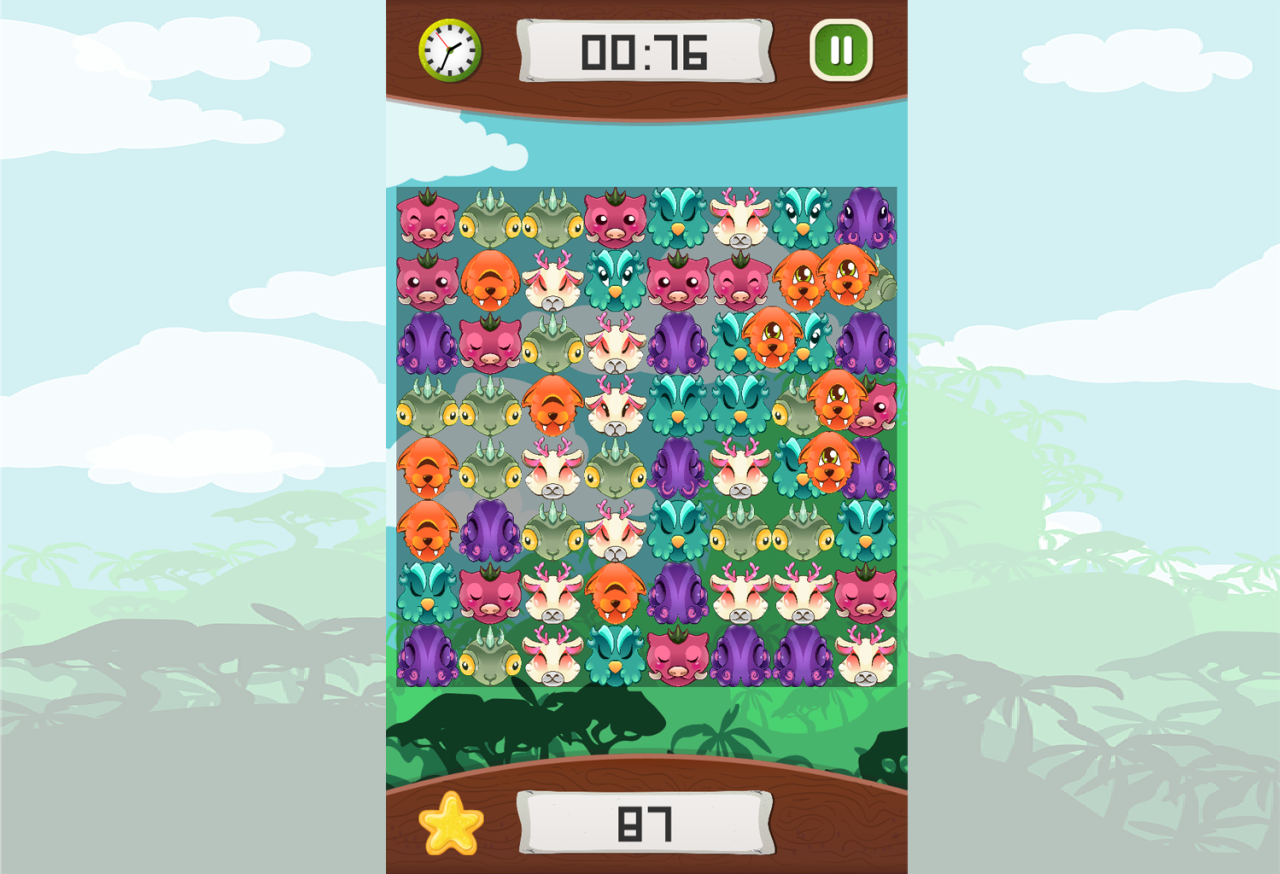
In conclusion, the world of match 3 games is not just about vibrant colors and sound effects; it’s a well-crafted experience that combines engaging design, compelling narratives, and innovative monetization strategies. As the genre continues to evolve, incorporating new technologies and player feedback, the future of match 3 gaming holds exciting possibilities. Players can expect even more immersive and innovative gameplay that will redefine their gaming experiences.
If you’re looking for a thrilling way to spend your time, check out crazygame. This platform offers a diverse range of games that cater to every interest, from action-packed adventures to brain-teasing puzzles. With its user-friendly interface and exciting features, crazygame ensures an engaging experience for players of all ages. Don’t miss out on the fun!
When it comes to online gaming, crazygame stands out as a vibrant platform full of diverse gaming options. Whether you’re into action, puzzles, or strategy games, this site offers an exciting experience for all types of gamers. Dive in and explore the endless possibilities that await you in the world of crazy games, where fun knows no bounds.
